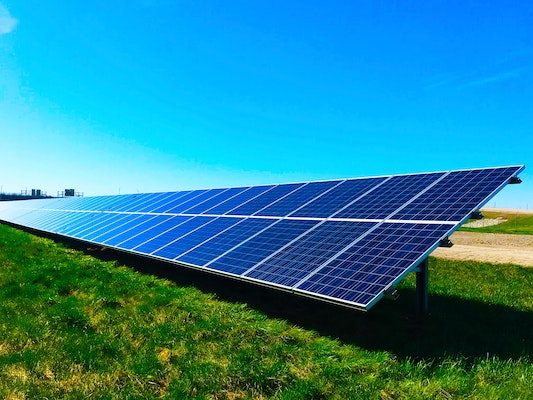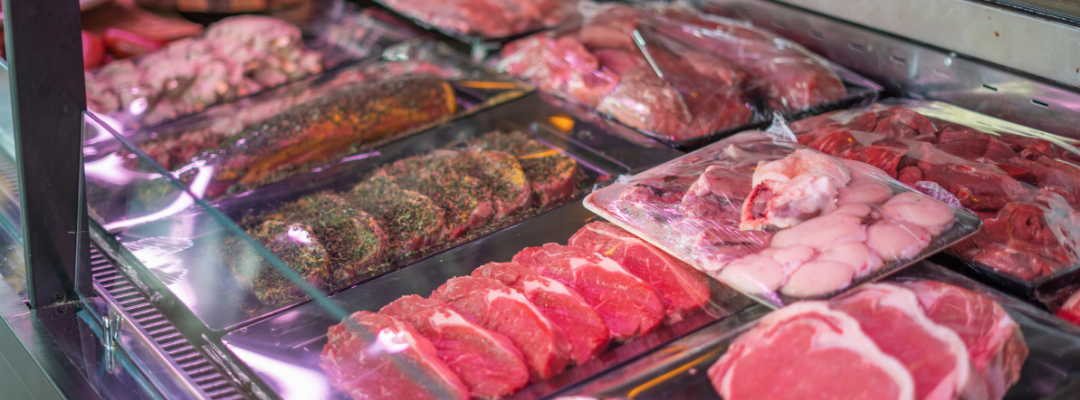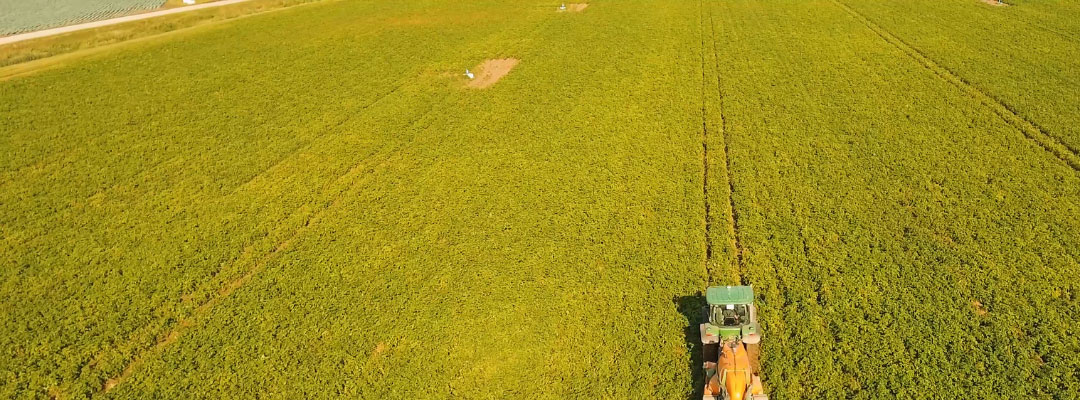Fed cattle prices in the Southern Plains jumped a few more dollars per cwt last week to get to $154.71 per cwt. That was almost $20 per cwt higher than the summer low. Prices were also the highest since Spring 2015 and the highest for the first week of December since 2014.
Fed cattle prices typically increase, seasonally, from summer through the end of the year. This year, there was not much of a summer low with prices trading between $135 and $140 most of the year.
Several factors are contributing to rising fed cattle prices. It appears that slaughter numbers are beginning to decline compared to earlier in the year. Slightly fewer numbers have packers bidding more for available supplies. It appears that beef demand continues to support the market.
Throughout this year, fewer fed cattle graded Prime than during the corresponding week of the prior year. That has led to rising premiums for Prime beef. The national weekly direct slaughter cattle premium for Prime has averaged $23.59 per cwt this year compared to $18.19 in 2021. The premium was $30.03 per cwt last week marking 11 straight weeks over $30 per cwt. It surpassed $30 per cwt in only 6 weeks of November and December 2021. Prior to 2021 the average weekly premium had never surpassed $30 per cwt.
Higher fed cattle prices are pulling calf and feeder prices along for the ride. Feed costs drifting lower are helping boost calf and feeder prices. Georgia 5-600 pound steers have climbed from $160 to $170 per cwt over the last few weeks. Southern Plains 5-600 pound steers have reached $190 over the same period. Prices for these calves typically climb through the new year and into March.



Author: David Anderson
Professor and Extension Economist Livestock and Food Products Marketing, Dairy, Policy
danderson@tamu.edu
Anderson, David . “Fed Cattle Prices Jump Higher.” Southern Ag Today 2(50.2). December 6, 2022. Permalink









